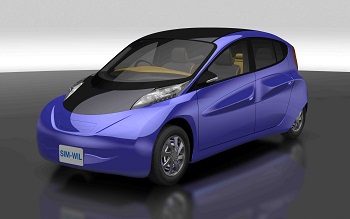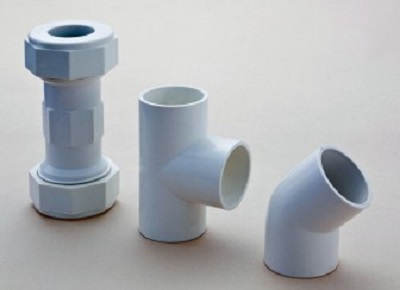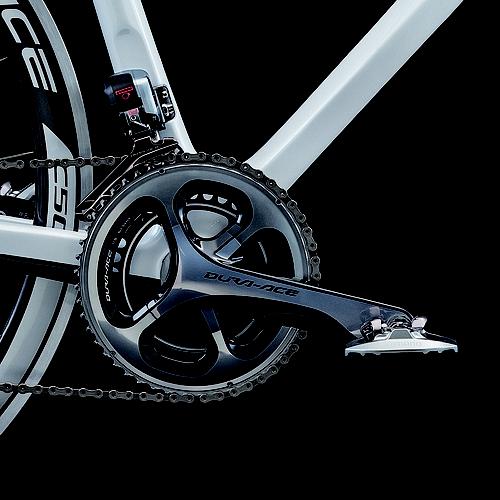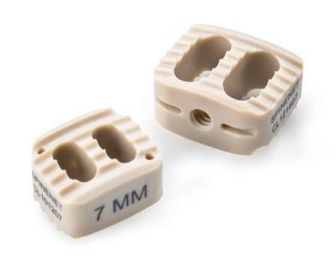
SIM-Drive is working with a team of 34 companies including DuPont (Wilmington, DE), Toray Industries (Tokyo), Bosch (Stuttgart, Germany) and Polyplastics (Tokyo), on the prototype SIM-WIL next-generation EV vehicle that features nearly 50 new technologies. It was unveiled in March this year.
The SIM-WIL’s range is reportedly 30% farther than today’s mass-produced EV vehicles. Yet it also delivers a maximum speed of 180 km/hr (110 mph), sports-car acceleration from 0-100 km/hr (0-60 mph) in 5.4 seconds, and offers a higher level of interior space and comfort.
Increased reliability, performance, reduced weight, and an appealing interior and exterior have, in part, been achieved by the use of eight DuPont products including high-performance plastics, film, paper, and paint in a collaborative development program between the DuPont Japan Innovation Center in Nagoya, Japan, and SIM-Drive.
“Especially in electric vehicle (EV) applications, these high-temperature, chemically resistant products and electrical insulation materials contribute to increased EV system reliability and performance under severe conditions such as wide-ranging temperatures and high voltage,” says Tomoyuki Shinkai, vehicle development co-ordination division general manager at SIM-Drive.
DuPont high-performance plastics such as Zytel HTN PPA (polyphthalamide) in the in-wheel motor and Kapton polyimide film in indicator lighting helped SIM-DRIVE keep weight lower than EVs on the road today. Zytel HTN used in key in-wheel motor bobbins are said to be stronger, lighter, and more cost effective than the polyphenylene sulfide (PPS) it replaces. Kapton, known for use in high-reliability applications from the Mars Rover to mobile devices, replaces the need for a circuit board, shaving 80% of the weight from the lighting component. Furthermore, bio-based Sorona polytrimethylene terephthalate (PTT) resin improves the environmental footprint and is used in interior applications.
“This project shows how lightweight, high-performance materials such as Zytel HTN PPA can take extremes, allowing designers to bring innovation to electric and hybrid electric vehicles without adding weight associated with metal,” says James Hay, regional director, DuPont Performance Polymers, Asia Pacific






